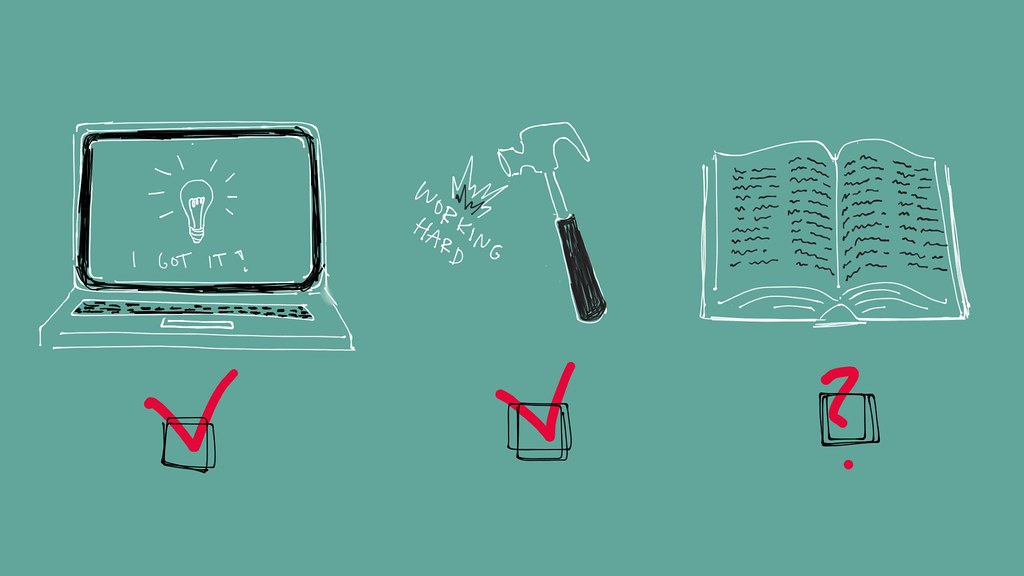Why Designers Should Reconsider Storytelling

Storytelling is nothing new to designers. We’ve been taught how to make narratives around concepts, consumers and “the problem” our product or service might provide since Project 01 in school. Then, this was called storyboarding. With its granny pants sex appeal, storyboarding and its broader concept never received proper recognition. Then it joined the business buzzword brigade in 2014, refreshed and repackaged as storytelling.
While some recall campfires and others specialty denim brands upon hearing the term, its breadth offers a more comprehensive selection for the designer these days. With its current popularity equaling the early 2000’s organic foods hype, we can now concentrate on storytelling without feeling guilty that we’re not – you know – designing.
Storytelling and narrative benefit both the designer and their endeavors. Whether you work for a company, freelance or own a business, storytelling can be your secret weapon. And the best part is, everyone’s secret weapon is different even though building one is not a mystery anymore.
Advertisers and marketers have been using this gem even before Don Draper’s time. It is a tool that can teach, convince, connect, motivate, convert, engage and establish authority. Storytelling can join a consumer to a product for example, or narrate your expertise on a particular subject during a job interview. And it does not stop there. It also enriches professional presentations, unifies teams or engages otherwise unwilling students.
Understanding how to build and apply a story is crucial in an age where online interactions weigh as much as in-person encounters. Curating and aligning both worlds will only come as an advantage to enrich your image or products, which for a designer, are linked. Though we might tell our story over social media havens like Snapchat, Instagram or Facebook, the raw fundamentals of storytelling remain intact.
You were probably taught in grade school that a story needs this, that and the other with the deadline of tomorrow. In the real world, stories are so much more. Throw your grade school books, metaphorically I hope, out the front door and make room. Stories are used to define who we are, give meaning to our lives and provide context through narrative, so you’ll need some more shelf space for those stories you are about to create.
Without even realizing it, everywhere is a story. Where you bought a shirt, your process for concepting or the contents of that Moleskin you carry everywhere contain story bites. Typically, these come strapped to a whole wheel of sentiments, which is exactly the part people want to hear. Stories reach others through emotions, leaving a lasting impression that you can better manage if you take a couple tablespoons of time to do so.
The catch in these savory possibilities wades in the execution. Storytelling is a skill to be learned, practiced and intrinsic-fied much like design. In the next couple of posts we’ll take a look at what you’ll need to know to get started with storytelling in theory and execution.